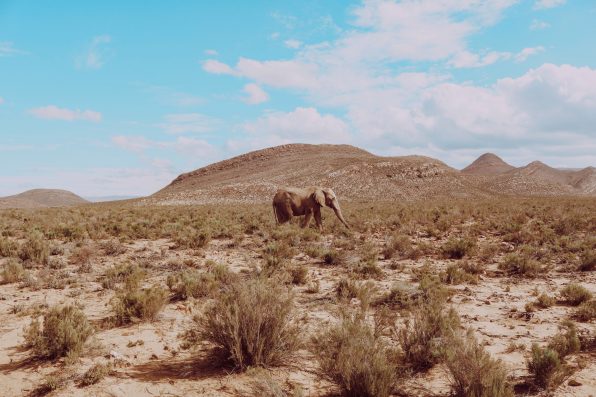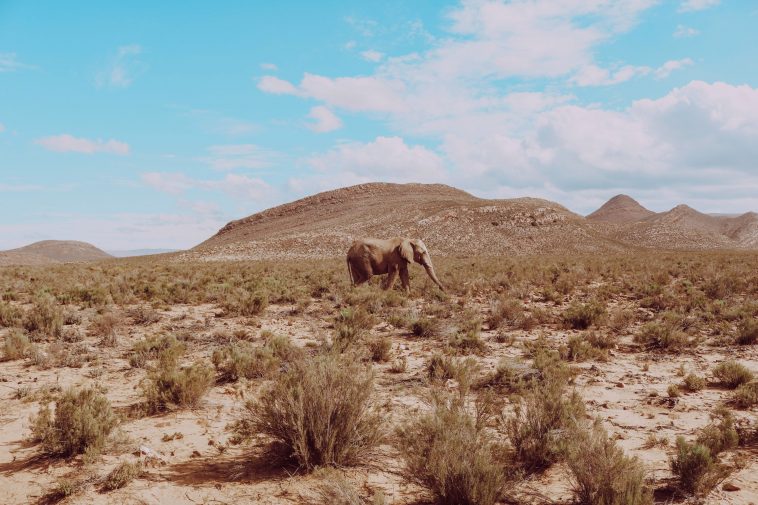Until now, it has long been a mystery as to why early humans visited the same locations repeatedly for thousands of years. Archaeologists at Tel Aviv University have uncovered the answer to ancient humans’ regular presence at Paleolithic stone quarries and tool-making sites, and it’s connected to the migration routes of elephants.
The study was led by Meir Finkel and Ran Barkai from the university’s Jacob M. Alkow Department of Archaeology and Ancient Near Eastern Cultures. It was published in the journal Archaeologies.
The researchers had been studying quarries and tool-making sites in the Upper Galilee region of Israel for 20 years.
These sites date back around 3.3 million years ago to the Lower Paleolithic period. Prehistoric humans called Homo erectus used the flint that was there to craft tools and left behind offerings afterward. Previously, it was unclear as to why they visited the sites so frequently, especially since flint could be found elsewhere.
To learn more about their behavior, the researchers looked at the migration routes of elephants at the time and discovered that they lined up with the locations of the quarrying sites. For early humans, elephants were a main source of food, so they must have tracked the animals’ paths.
“Ancient humans required three things: water, food, and stone. While water and food are necessities for all creatures, humans relied on stone tools to hunt and butcher animals, as they lacked the sharp claws or fangs of other predators,” Barkai said.
Another strange feature of the sites was the discovery of thousands of stone tools surrounding rock outcrops used for flint tool production. Other rock outcrops that contained flint were found next to them but were not used for making tools. The researchers sought to understand why some rock outcrops were left alone.
“A study of Indigenous groups that lived until recently, with some still alive today, shows that hunter-gatherers attribute great importance to the source of stone—the quarry itself—imbuing it with potency and sanctity, and hence also spiritual worship,” Barkai said.
Furthermore, a single elephant needs to drink 400 liters of water per day, so herds have to follow certain migration routes to fulfill that requirement. The quarrying sites had rivers and streams nearby, which made them attractive for the elephants.

Sign up for Chip Chick’s newsletter and get stories like this delivered to your inbox.


